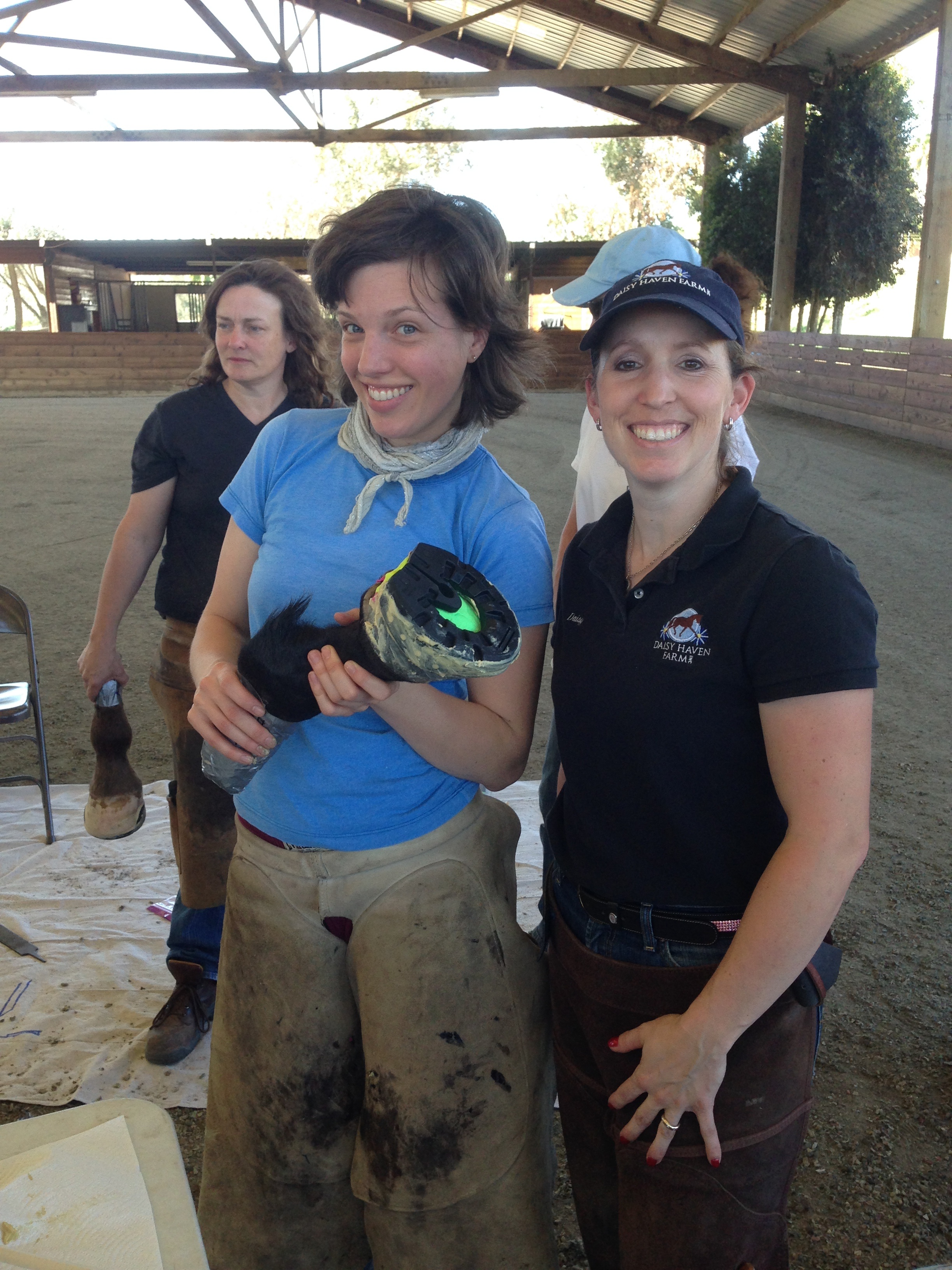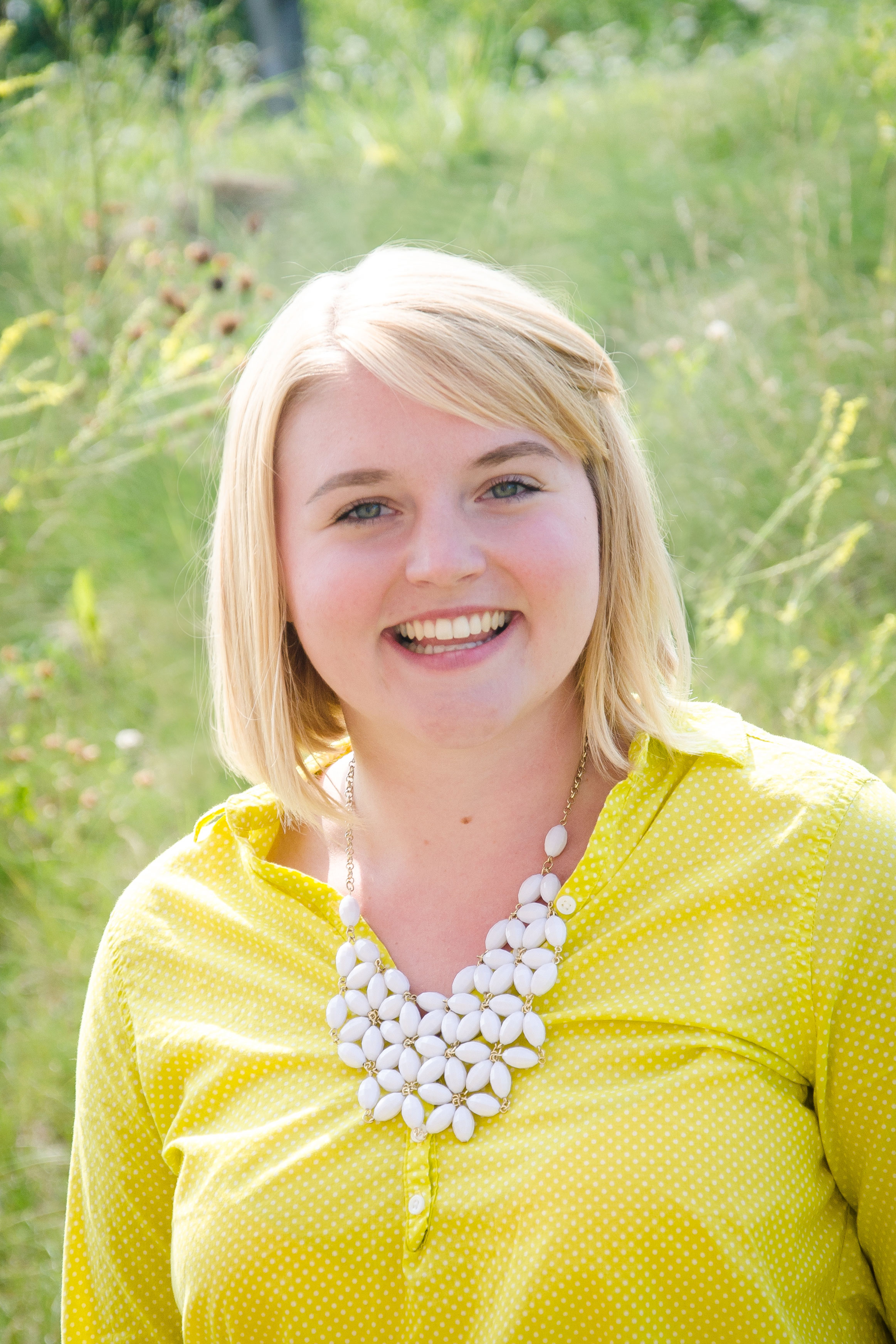Daisy Bicking of Daisy Haven Farm Inc. offered three EasyShoe clinics this spring in Plymouth and San Diego, Calif., and Charlotte, N.C., each drawing an average of 35 attendees taking place over 3 days.
EasyShoe is a line of four EasyCare products.
Daisy Bicking has been a farrier for more than 10 years. She started using composite shoes in 2006 because of her focus on rehabilitation. She liked how composite shoes allowed her to help horses with laminitis/founder, caudal heel pain and arthritic conditions especially.

The Daisy Haven Farm EasyShoe clinics brought together a very diverse group of people. “Some attendees were completely new to shoeing, glue use and nailing.” says Bicking. “Conversely other attendees were already familiar with shoeing and just wanted some tips and tricks with plastic and glue. We also had a good number of horse owners and veterinarians who came for their own reference and knowledge.”
The first day featured a presentation about EasyShoes and basic shoeing best practices. Then, Paige Poss of Anatomy of the Equine led a lower limb dissection reviewing hoof anatomy and terms. Paige reviewed anatomical reference points that were helpful for shoe application.
The second day of the clinic offered attendees a demonstration of hoof trim, preparation and four different glue application styles: acrylic glue, adhere, therapuetic application and straight nailing. Participants also started work on their cadaver hooves featuring “hands-on” mapping and trimming using X-ray.
“I am grateful to EasyCare for supporting a very educational clinic format. Paige’s dissection and anatomy review was intended to give attendees a solid idea about where the center of the foot is and what external landmarks you may identify to help with shoe application. Participants then used those reference points in their trim and foot preparation, which we were able to verify with the use of radiographs supplied by generous local veterinarians,” says Bicking.
On the final day of the clinic, participants were given the opportunity to do “hands-on” final hoof prep and glue shoes onto their cadavers, working as teams to watch and assist each other.
“Each part of the clinic was designed to set the participant up for success with their shoeing. Composite shoes and glue is a bit different to work with, and we wanted to shorten the practitioner’s learning curve,” she continues. “We also discussed how the plastic shoe is not as shapeable as a metal shoe, yet equally as adaptable to the foot. Its shape is the shape, and it’s designed for a fairly non-distorted foot. That doesn’t mean you can’t put it on a foot that has distortion, it just means that you have to think a little differently. The key principle that I wanted participants to take-away was that a good starting point is to place the center of the shoe at the center of rotation of the hoof capsule.”
While the Daisy Haven Farm EasyShoe clinics are over, Daisy Bicking says that her Daisy Haven Farm School of Integrative Hoofcare also teaches composite and glue-on shoeing using digital radiography. Paige Poss is a teacher at Bicking’s school.








Post a comment
Report Abusive Comment